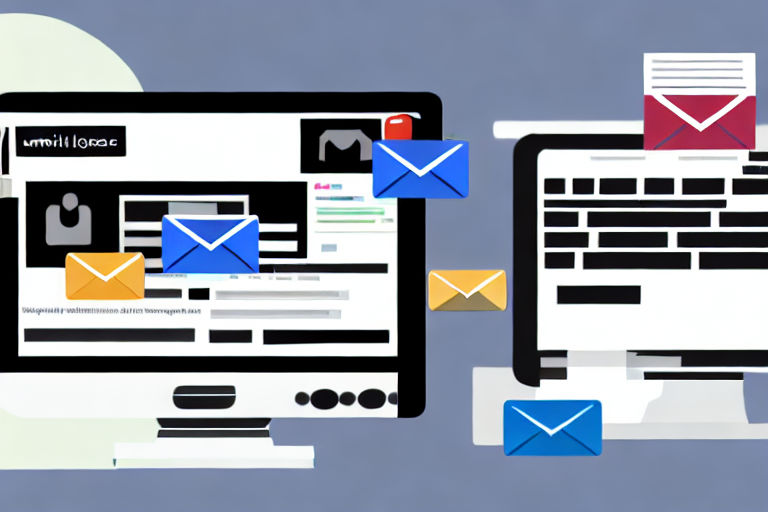Email List Management: How to Clean and Organize Your Subscribers for a More Effective Strategy.
The success of every email marketing campaign mostly depends on the quality of your email distribution list. A clean and organized email list is essential when it comes to your email marketing efforts, as it ensures that your emails are only sent to subscribers who are genuinely interested in your brand.
Why should you clean your email list?
There are a plethora of reasons why you must clean and organize your email list. Here are some of the most important ones:
- Improved email deliverability: Email service providers are always tracking your email engagement rates to determine your reputation as a sender. Sending emails to addresses that are no longer active may result in a high bounce rate and negatively affect your credibility and email deliverability rate.
- Cost savings: Maintaining a large email list can be expensive. This is particularly true if you are using an email service provider that charges you for the number of subscribers you have. Therefore, removing inactive subscribers or those who never engage with your content can save you money on your email marketing costs in the long run.
- Boosted conversion rates: When you send your emails to individuals who are active and engaged subscribers, you can expect a higher open and click-through rate. This means that you will most likely see an improvement in your conversion rates as well.
- Accurate analytics: Keeping your email list clean will also help you get a better picture of how your email campaigns are performing. If you have non-existent email addresses on your list, you may get misleading data on the performance of your emails.
How to clean your email list
Now that we have discussed the importance of a clean email list let's dive into how to clean one up. Here are some of the best practices to follow:
- Identify inactive subscribers.
- Deal with hard bounces.
- Remove invalid email addresses.
- Get rid of duplicate subscribers.
- Segment your email list.
- Re-engage with dormant subscribers.
Identify inactive subscribers
Inactive subscribers are those who haven't opened or clicked on any of your emails for quite some time. Depending on your email campaign frequency, you can set a benchmark and identify subscribers who haven't opened your emails for a particular number of campaigns.
Deal with hard bounces
A hard bounce occurs when an email address is invalid or non-existent. Email service providers usually de-list email addresses with a bounced email due to delivery issues. Regularly removing such addresses ensures that you keep only the ones that can be reached.
Remove invalid email addresses
Invalid email addresses can also harm the performance of your email campaigns, so it is essential to remove them from your list. Invalid email addresses are those that have typos, syntax errors or are formatted incorrectly.
Get rid of duplicate subscribers
Avoid sending multiple copies of the same email to one subscriber by getting rid of duplicate users on your email list.
Segment your email list
Segmenting your email list involves categorizing your list into small groups based on specific criteria like location, behavior, interests, etc. This will help you to send customized emails to these smaller groups tailored to their needs.
Re-engage with dormant subscribers
Re-engaging with dormant subscribers includes sending them relevant, engaging emails that are specifically crafted to spark their interest. Asking for feedback, giving them special offers, or presenting a new offer might do the trick.
Conclusion
Cleaning your email list is an essential step towards effective email marketing. Removing invalid email addresses, identifying inactives, segmenting your email list, and re-engaging with dormant subscribers will improve deliverability rates, increase conversion rates, and ultimately result in a better return on investment.



